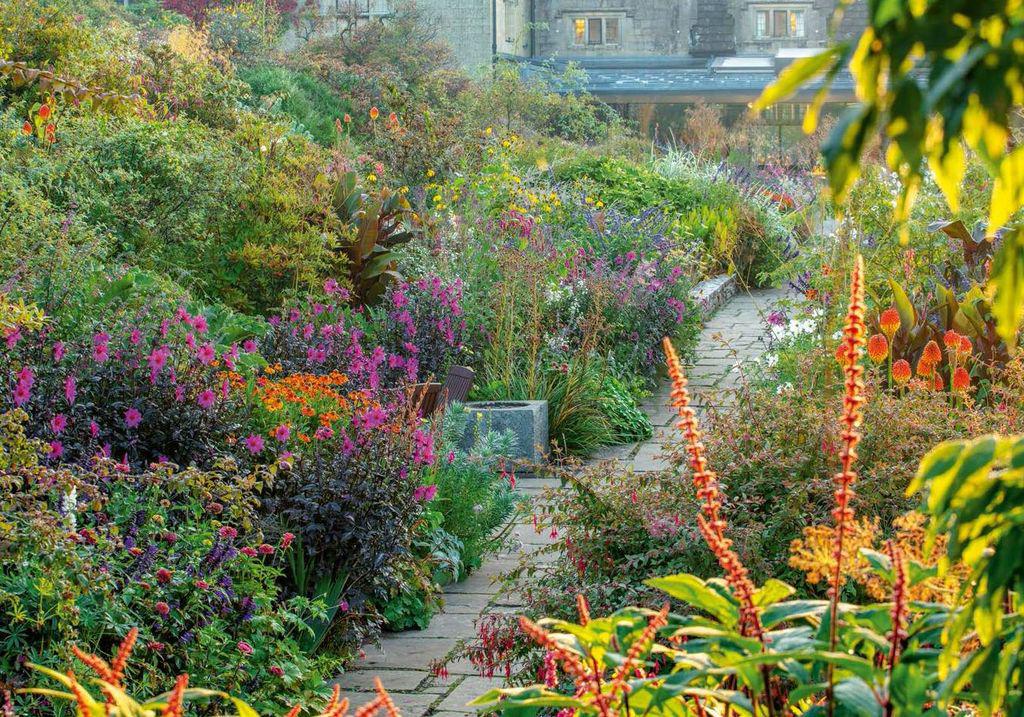Freedom of Expression
Sep 09, 2020
4 minutes

Gravetye Manor, set in a 1,000-acre estate in the small hamlet of West Hoathly, Sussex, was built in 1598 and became the home of plantsman and author William Robinson in 1885. Over 50 years, Robinson developed a garden of incredible natural beauty around it. He is renowned for his wild garden, and at Gravetye encouraged naturalistic plantings, both native and exotic, that merge together to reflect the wildness of Ashdown Forest and the countryside of the Sussex Weald.

Gravetye’s 35-acre garden was William Robinson’s laboratory, where he experimented with plants and plant combinations, leaving not a patch of bare soil to be
You’re reading a preview, subscribe to read more.
Start your free 30 days





